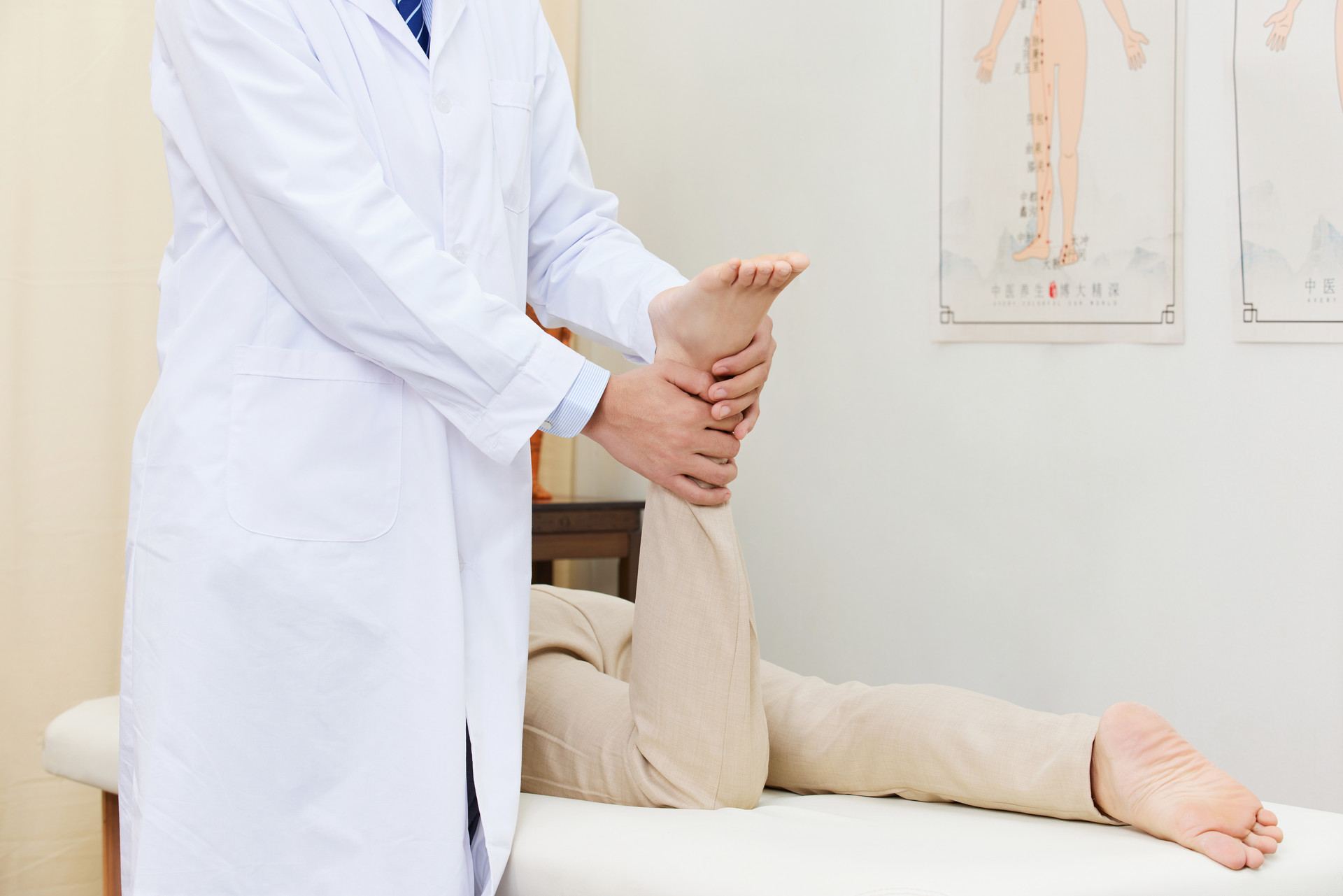Some people say that a man is like a flower at the age of forty, but the reality is that by the age of 35, a man's physical abilities begin to decline. At this time, men need to engage in targeted exercise to strengthen themselves. Here, we introduce three fitness methods to help men pass through middle age in a healthy way.
Prescription 1: Abdominal Leg Raises
Exercise method: Lie on your back on an incline board, with your arms straight, and your hands holding the support behind your head. Keep your upper body fixed and raise your legs straight up in a leg raise motion. Bring your legs as close to your chest as possible and then lower them, and repeat.
Requirements: The angle of the incline board can be adjusted according to your own physical condition. If you have good strength in your waist and abdomen, you can increase the slope of the incline board. If your strength is lower, decrease the slope. Keep your legs straight during the leg raises and do not bend your knees. Slow down when lowering your legs to stretch the abdominal muscles. Do 10-15 repetitions in a set, rest for 1-2 minutes after completing a set, and then do the next set. You can do 2-3 sets 2-3 times a week.
Effects: Improve waist and abdominal muscle strength, expand the chest, and enhance respiratory function.
Prescription 2: Supine Sit-ups
Exercise method: Lie flat on the floor or bed, with your legs straight and your arms naturally extended behind your head. Sit up, raising and lowering your legs and arms simultaneously, bringing them close to the center of your body to fold your body in half. Then return to the original position and continue with the sit-up motion. Do 10-15 repetitions continuously, do 2-3 sets each time, and exercise 3-5 times a week. You can do this exercise in the morning after getting up or after other exercises to assist in the workout.
Requirements: Keep your limbs naturally extended and do not bend your knees during the sit-ups. Perform the movements simultaneously, without any delay. Inhale when sitting up, exhale when lowering your legs, and do not hold your breath. In the beginning, your coordination may be poor, and your arms and legs may not rise or fold at the same time (your hands and feet may not touch each other). That's okay, with time, you will be able to perform the movements properly.
Effects: Increase waist and abdominal strength and improve body coordination.
Prescription 3: Weighted Leg Kicks
Exercise method:
1. Stand upright with one leg supporting (those with weaker physique can use support), and tie a sandbag or other weight to the other leg. Perform a front kick with the leg, aiming to form a right angle with the upper body. Kick 5-10 times, then switch to the other leg and continue.
2. Similar to the first method: stand as before, but instead of kicking forward, kick to the side of the body. The greater the range of motion, the better. Kick 5-10 times, then switch to the other side and kick with the leg. Repeat for 3 times on each side.
3. Slightly different from the above methods: instead of kicking, it involves flexion and extension. Sit on a high stool, hook your feet around a dumbbell or hang other weights, or tie a sandbag to your lower leg. Keep your upper body slightly inclined forward naturally, with both hands on the sides of the high stool. Let the non-weighted leg hang naturally, and flex and extend the weighted leg. After 10 repetitions, switch to the other leg and repeat for 3-4 times.
Requirements: Keep your leg straight during the front kicks and side kicks, without bending your knees, and keep your upper body still. For the high stool flexion and extension, keep your upper body still, and flex and extend the knees.
Effects: Mainly develop the strength of the calf and quadriceps femoris muscles.










